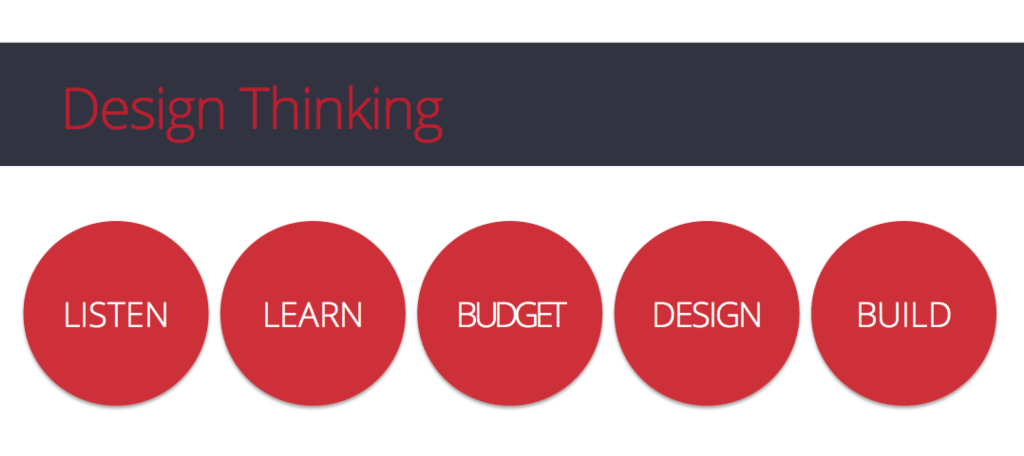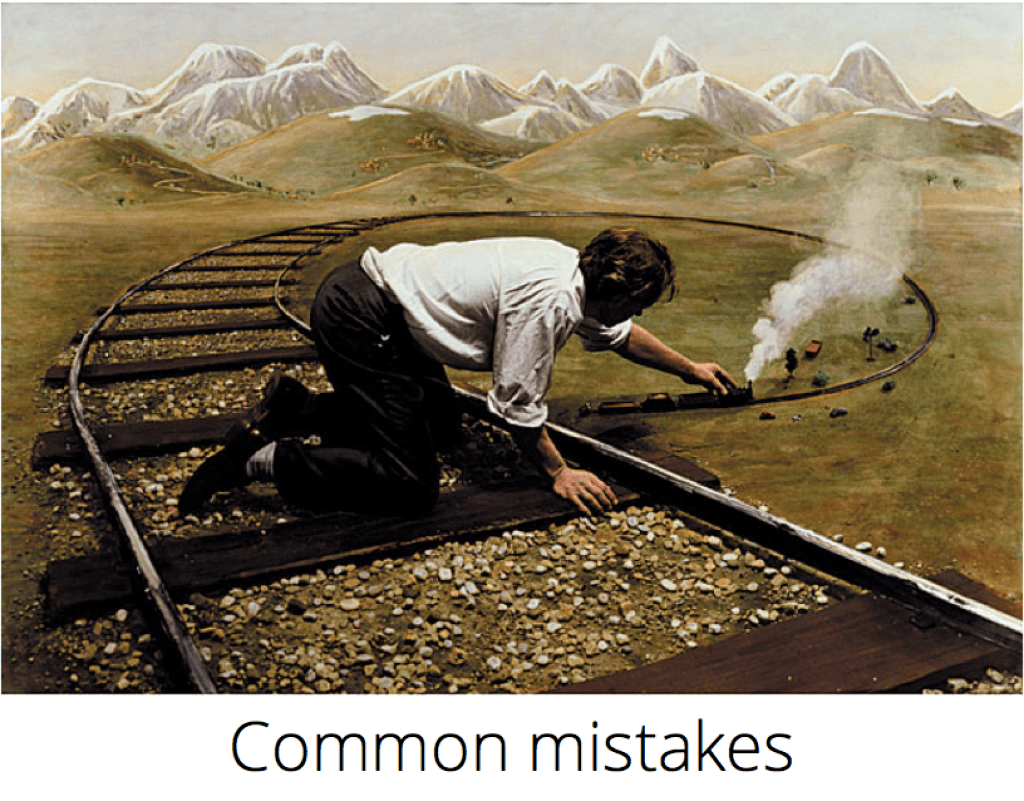What does it take to make a good home great? Let’s unfold the roadmap we rely on to answer that question. What it takes is a robust approach to what is broadly described as “design thinking.”

This is the reliable path we follow with everyone we serve. The process itself is designed to assure we are making smart choices while avoiding the common mistakes that people can make when approaching their projects.

-
- Don’t start with the solution (first understand the “problem”)
- Observe the behavior of the system (and its limits)
- Follow a systematic design process
- Discover the home that could be (great!)
- Bake high performance in (you can’t paste it on)
- Move from the general to the specific (look thru the right end of the telescope)
- Realistically establish what’s possible at what cost (don’t rely on $/SF)
- If necessary do some now, some later
- Work with the grain – then choose your battles
- Think like a movie director (set the stage from scene to scene)
- Document for clarity of communication so everyone understands each other
- Make timely decisions
- Build a palette of materials you love in your style
- Integrate design with construction (don’t treat them separately)
- Collaborate with the best team you can find (and trust in their pride of craft)

-
- Starting with a solution (“I need to build…”)
- Focusing above the surface (not looking deeper)
- Heading directly to execution (little attention to design)
- Trusting: “That’s the way we’ve always done it”
- Overspecializing spaces (a room for every perceived need)
- Thinking short term
- Mistaking cost for value (and favoring quantity over quality)
- Imagining you can do more than you can (or should) yourself
- Imagining people who build know how to design
- Imagining people who design know how to build (and what it costs!)
- Treating design and construction separately (and missing the benefit of integration)
- Communicating poorly or incompletely
- Designing as you go (to postpone decision making)
- Considering design expendable
